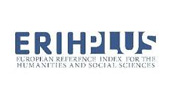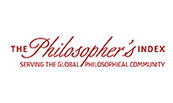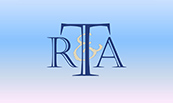FROM ART TO WORSHIP: A PHILOSOPHY OF RELIGION OF THE DUNHUANG FRESCOES
Yunfan Zhang
Ph.D in progress Design Arts, Faculty of Decorative Arts, Silpakorn University, Bangkok, Thailand
Eakachat Joneurairatana
Professor, Faculty of Decorative Arts, Silpakorn University, Bangkok, Thailand
Jirawat Vongphantuset
Assistant Professor, Faculty of Decorative Arts, Silpakorn University, Bangkok, Thailand
DOI: https://doi.org/10.24204/ejpr.2025.4789
Abstract
Most accounts of the Mogao caves emphasise art-historical description and understate how the murals work as religious media that organise devotion, moral formation, and hopes for salvation. This study develops a religion-first account of the Dunhuang murals across six dimensions: (1) ritual functions and devotional choreography; (2) soteriological narratives and moral pedagogy; (3) cosmology and sacred space; (4) syncretism and negotiated pluralism; (5) materiality, colour, repetition, and scale; and (6) patronage, dedicatory practice, and authority. A qualitative design uses secondary, English-language sources (peer-reviewed articles, museum catalogues, translated inscriptions) selected by purposive sampling to maximise conceptual coverage. Findings arise from manual thematic analysis (no software), with hand coding, memoing, code consolidation, theme review, and a brief codebook and dated log to maintain transparency and an audit trail. The synthesis shows that cave layouts choreograph circumambulation, offering, and vow-making; narrative cycles model karmic causality and virtue; cosmological and Pure Land schemes make doctrine spatial and navigable; mixed repertoires remain coherent when ritually readable; pigments, luminosity, repetition, and scale act as technologies of presence; and donor portraits and inscriptions anchor authorised meanings. Two portable concepts follow: pictorial doxastic practice (image-mediated, socially regulated belief formation) and ritual readability (a constraint on syncretic integrity). The study advances a philosophy-of-religion account of sacred images and supports curatorial and digital mediation. Limitations include reliance on secondary, English-language sources and uneven cave coverage. Future work should add primary iconographic study, multilingual research, experimental tests of image-mediated learning, and comparative analysis across other sacred-image traditions.
Keywords: Dunhuang; Mogao Caves; Philosophy of Religion; Lived Religion; Pictorial Doxastic Practice; Ritual Readability






